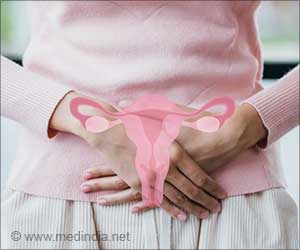Chronic pelvic pain is a major problem in most women and requires billions of dollars in treatment costs. However a diagnosis of pelvic pain is not simple and is related to many causes.
Chronic pelvic pain is a major problem in most women and requires billions of dollars in treatment costs. However a diagnosis of pelvic pain is not simple and is related to many causes.
Fenton and colleagues from an Akron, Ohio Pain Center determined the frequency and distribution of multiple pain-generating diagnoses in their chronic pelvic pain center and also explored the relationship to previous abuse and drug-seeking behavior.One hundred seventy-five consecutive patients were evaluated and included in this study. Seventy-seven percent had gynecologic pain, including 35% of the total population diagnosed with interstitial cystitis. Forty-five percent had myalgia and only 5% had vulvodynia. Fully 55% of the patients had a history of abuse. The more diagnoses the patients had, the higher the likelihood of abuse. Ninety percent of the BPS/IC patients carried another diagnosis as well, and 32% had 3 more diagnoses.
Patients with multiple pain diagnoses were similar to those with a history of abuse in that they had higher irritative bowel and bladder scores along with more regions of their body generating pain in addition to their pelvic pain. They did not have higher pain scores or a longer duration of pain. Patients with a history of abuse did not complain of higher levels of pain in any category, however, they did have more irritative voiding and bowel symptoms and noted pain in more areas of their bodies, even when controlled for multiple diagnoses or drug seeking.
The type of abuse was not further spelled out in this paper, and the distribution of diagnoses was undoubtedly skewed by the inherent specialty of the center, as the authors acknowledge. The study is interesting as a 30,000 foot overview, and indicates the need for more focused, stringent, data and hypothesis driven studies in the future.
Source-Newswise
RAS /J










